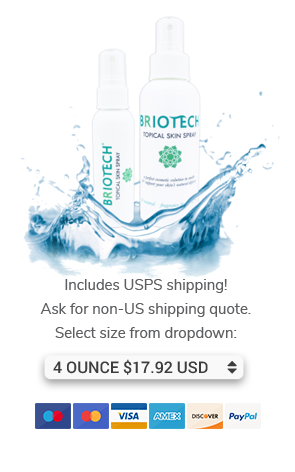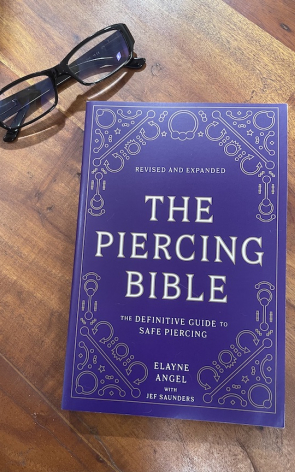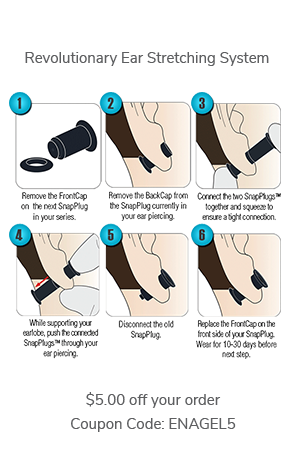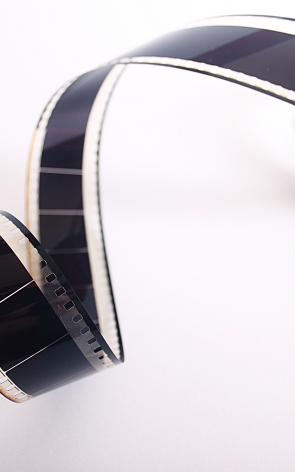I received this message from a Facebook friend:
Elayne, Let me begin this note by telling you that I am a huge fan of yours, and I am extremely thankful for all the hard work that you, Jim Ward, Doug Malloy, Paul King and so many others have done for the industry we are in. If it weren't for you and others like you, body piercing would be no where near where it is now, so THANK YOU!!!
Now then, my question to you:
I have been piercing professionally for 6 years, a good career so far but only a few steps in comparison to yours... When I first began, I used the "piggy-backing" method I saw in your recent video post. I have since moved on and now pierce with like sized jewelry and needles. I was under the impression that the method described was amateur and generally looked down upon, and yet here I see a MASTER PIERCER using it. Now please don't get me wrong, your title of master piercer is correct and very well deserved, I just find it strange. So I come to you with thisa humble question, why do you prefer this method? I have found that the piercings tend to bleed too much when using this method. Are there benefits that I am unaware of? Thank you for your time and any info will be appreciated.
By the way, the "bible" is one of the books in my modification collection that I am most proud of, and I consult it regularly so thank you!!!!A fan and fellow body modifier, -J.
My reply:
Hi J.,
I very much appreciate the positive feedback, and I'm glad you feel comfortable to ask questions. There's no need to tiptoe around me--you can ask me anything.
This is how I describe the gauge-up procedure in my book, The Piercing Bible:
Ear Cartilage Piercing: Gauge-up Procedure
When performing ear cartilage piercings, many piercers (including me) use a needle one gauge (or one-half gauge) larger than the jewelry. This technique is intended to promote the comfort and healing of the piercing by allowing your body to form a small cushion of scar tissue, so the theory goes. This may be more comfortable and make healing easier because the jewelry does not press directly against the dense cartilage. Your piercing may bleed a little more if it is performed with a larger needle. Some piercers have success with the same-gauge technique.
I can say from personal experience that the cartilage piercings I've had done (and healed) that were same-gauge were more uncomfortable and gave me more trouble than the ones that were pierced at a little larger size. So I do it with the intention of maximum comfort and success of healing.
It is true that they tend to bleed more, but I explain to clients (before I pierce them) that bleeding is good because where there is a blood supply there's healing capacity--then they're happy about bleeding, rather than concerned or upset by it. If same-gauge works for you, then it is a "right way" too. There's no one correct way. Thanks for asking!




